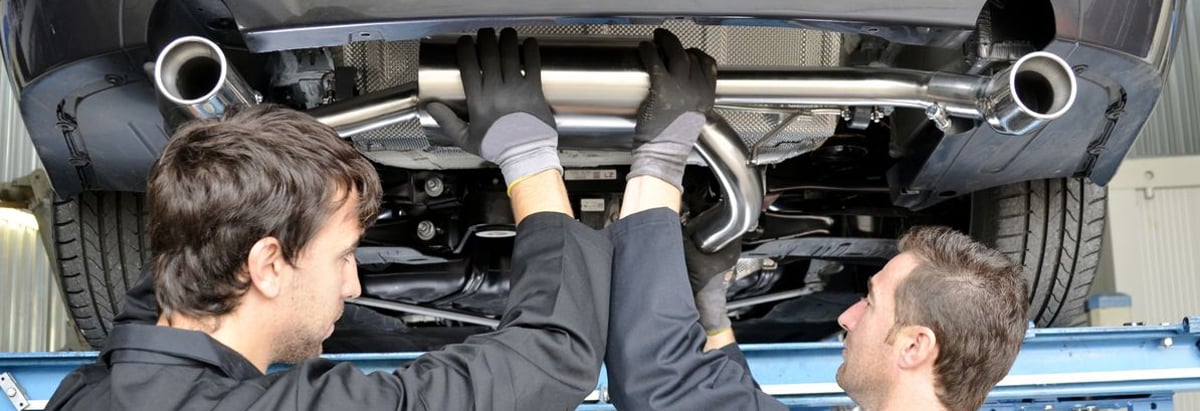- India
- /
- Auto Components
- /
- NSEI:VARROC
Don’t Buy Varroc Engineering Limited (NSE:VARROC) Until You Understand Its ROCE

Today we are going to look at Varroc Engineering Limited (NSE:VARROC) to see whether it might be an attractive investment prospect. Specifically, we'll consider its Return On Capital Employed (ROCE), since that will give us an insight into how efficiently the business can generate profits from the capital it requires.
First of all, we'll work out how to calculate ROCE. Next, we'll compare it to others in its industry. Finally, we'll look at how its current liabilities affect its ROCE.
What is Return On Capital Employed (ROCE)?
ROCE is a measure of a company's yearly pre-tax profit (its return), relative to the capital employed in the business. All else being equal, a better business will have a higher ROCE. In brief, it is a useful tool, but it is not without drawbacks. Author Edwin Whiting says to be careful when comparing the ROCE of different businesses, since 'No two businesses are exactly alike.'
How Do You Calculate Return On Capital Employed?
The formula for calculating the return on capital employed is:
Return on Capital Employed = Earnings Before Interest and Tax (EBIT) ÷ (Total Assets - Current Liabilities)
Or for Varroc Engineering:
0.15 = ₹5.5b ÷ (₹85b - ₹43b) (Based on the trailing twelve months to December 2018.)
So, Varroc Engineering has an ROCE of 15%.
View our latest analysis for Varroc Engineering
Does Varroc Engineering Have A Good ROCE?
When making comparisons between similar businesses, investors may find ROCE useful. We can see Varroc Engineering's ROCE is around the 16% average reported by the Auto Components industry. Separate from how Varroc Engineering stacks up against its industry, its ROCE in absolute terms is mediocre; relative to the returns on government bonds. Readers may find more attractive investment prospects elsewhere.

Remember that this metric is backwards looking - it shows what has happened in the past, and does not accurately predict the future. Companies in cyclical industries can be difficult to understand using ROCE, as returns typically look high during boom times, and low during busts. This is because ROCE only looks at one year, instead of considering returns across a whole cycle. What happens in the future is pretty important for investors, so we have prepared a freereport on analyst forecasts for Varroc Engineering.
Do Varroc Engineering's Current Liabilities Skew Its ROCE?
Short term (or current) liabilities, are things like supplier invoices, overdrafts, or tax bills that need to be paid within 12 months. Due to the way the ROCE equation works, having large bills due in the near term can make it look as though a company has less capital employed, and thus a higher ROCE than usual. To counter this, investors can check if a company has high current liabilities relative to total assets.
Varroc Engineering has total liabilities of ₹43b and total assets of ₹85b. As a result, its current liabilities are equal to approximately 51% of its total assets. Varroc Engineering has a fairly high level of current liabilities, meaningfully impacting its ROCE.
The Bottom Line On Varroc Engineering's ROCE
Notably, it also has a mediocre ROCE, which to my mind is not an appealing combination. Of course you might be able to find a better stock than Varroc Engineering. So you may wish to see this freecollection of other companies that have grown earnings strongly.
I will like Varroc Engineering better if I see some big insider buys. While we wait, check out this freelist of growing companies with considerable, recent, insider buying.
We aim to bring you long-term focused research analysis driven by fundamental data. Note that our analysis may not factor in the latest price-sensitive company announcements or qualitative material.
If you spot an error that warrants correction, please contact the editor at editorial-team@simplywallst.com. This article by Simply Wall St is general in nature. It does not constitute a recommendation to buy or sell any stock, and does not take account of your objectives, or your financial situation. Simply Wall St has no position in the stocks mentioned. Thank you for reading.
About NSEI:VARROC
Varroc Engineering
Designs, manufactures, and supplies exterior lighting systems, plastic and polymer components, electrical and electronics components, advanced safety systems, and precision metallic components worldwide.
High growth potential with mediocre balance sheet.
Market Insights
Community Narratives


